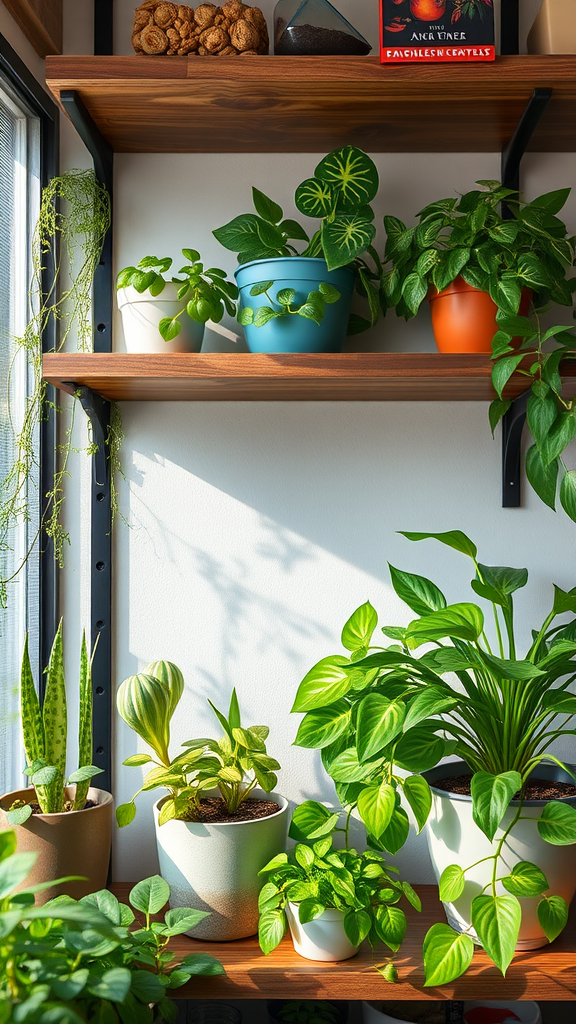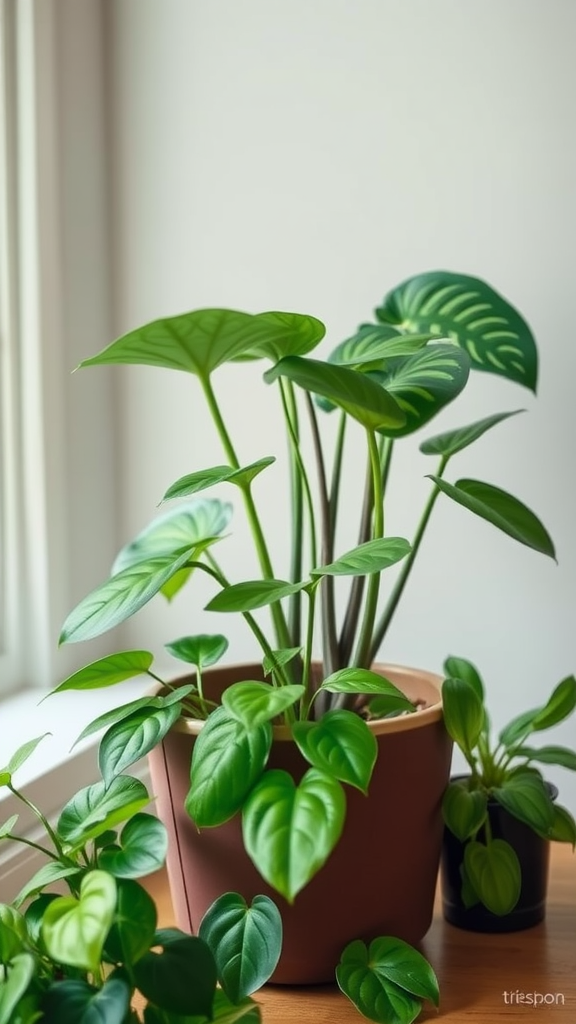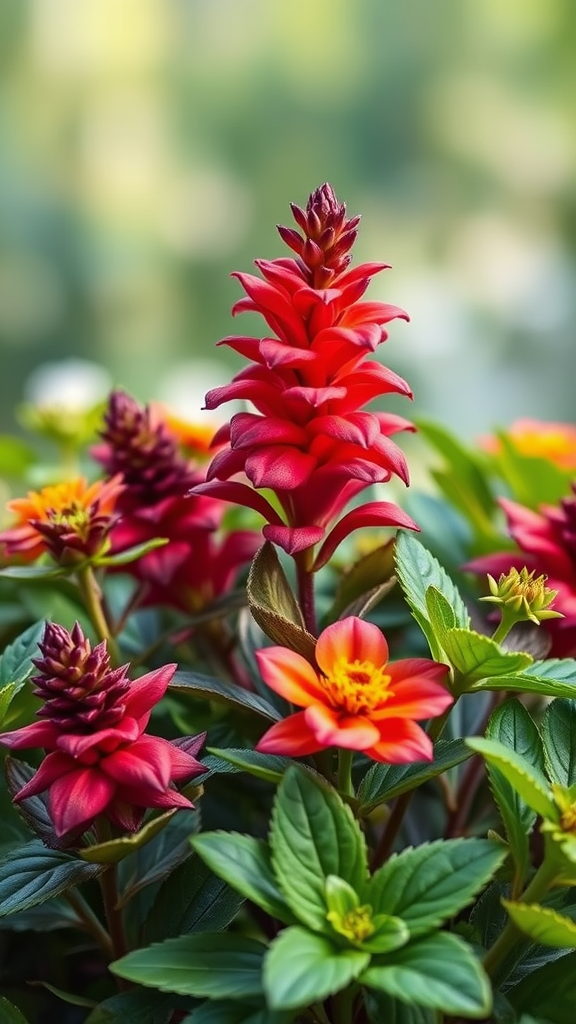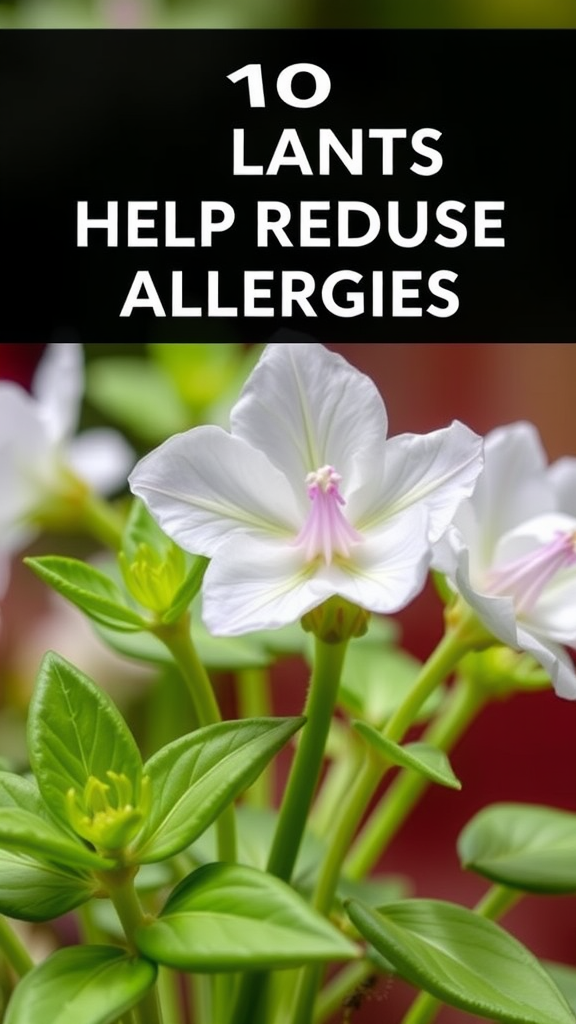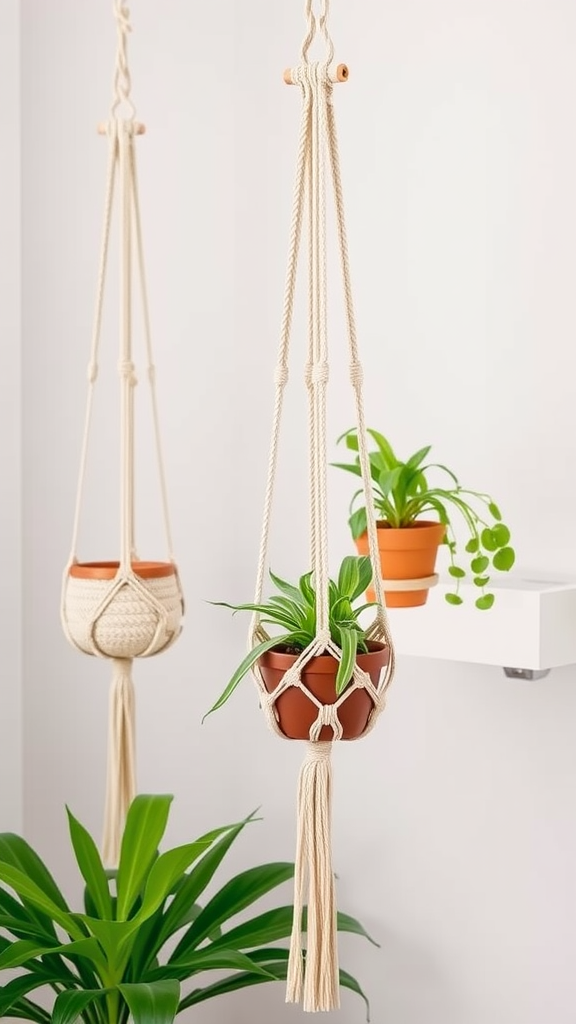Cultivating Your Indoor Garden: Step-by-Step from Seed to Shelf
Growing an indoor garden can be a rewarding experience that adds beauty to your home while providing fresh herbs, vegetables, and flowers. From seed to shelf, the process involves several key steps that are both simple and engaging. Here’s a guide to help you start your indoor garden journey.
Choosing the Right Seeds
Before you dive into planting, it’s essential to select the right seeds that will suit your indoor environment. Consider the following:
- Climate: Assess the temperature and humidity levels in your home. Some plants thrive in warmer, humid conditions while others prefer cooler, drier environments.
- Light Requirements: Different seeds require different amounts of light. Select seeds that match the natural light available in your space.
- Space: Think about how much room you have. For smaller spaces, herbs like basil and mint are great choices.
Preparing Your Containers
Once you’ve chosen your seeds, the next step is preparing your containers. Here’s how to do it:
- Select Containers: Choose pots or containers that have drainage holes. This prevents overwatering and root rot.
- Choosing Soil: Use high-quality, well-draining potting soil. This will ensure your plants get the nutrients they need. Avoid using garden soil as it can harbor pests and diseases.
- Fill with Soil: Fill each container with soil, leaving about an inch of space at the top for watering.
Planting Your Seeds
Now it’s time to plant! Here’s a simple step-by-step process:
- Make Small Ditches: Use your finger or a small tool to create small ditches or holes in the soil.
- Space Them Out: Refer to the seed packet for specific planting depths and spacing recommendations.
- Cover the Seeds: Once planted, cover the seeds with soil gently and pat down lightly.
- Water Gently: Use a spray bottle or watering can to water your seeds lightly without disturbing them.
Creating the Right Environment
Your seeds need a cozy environment to germinate. Here are important factors to consider:
- Light: If your indoor space lacks natural light, consider using grow lights. Position these lights about six inches above your plants and maintain a 14-16 hour light cycle.
- Temperature: Most seeds germinate best in a warm environment, around 70-75°F (21-24°C). You can use a seedling heat mat if you need to raise the temperature.
- Humidity: Keeping humidity levels high can help seedlings thrive. A simple trick is covering your containers with plastic wrap to create a greenhouse effect, removing it once seeds have sprouted.
Watering and Care
As your plants grow, proper care is crucial. Here’s what to keep in mind:
- Water Carefully: Check the soil moisture with your finger. Water when the top layer feels dry.
- Fertilize: Once your plants are a few inches tall, start using a diluted, all-purpose liquid fertilizer. This can be done every couple of weeks.
- Prune and Trim: Regular trimming promotes healthier growth. Remove any dead leaves and pinch off excess growth to encourage bushiness.
Harvesting Your Indoor Garden
Once your plants have matured, it’s time to enjoy your hard work. Harvesting varies by plant type:
- Herbs: Regularly trim your herbs for fresh usage. Use scissors to cut sprigs just above a leaf node.
- Vegetables: Check the seed packet for maturity times. You can usually test ripeness by color and size.
- Flowers: For flowering plants, cut your blooms when they are fully open for the best display.
With patience and care, your indoor garden can flourish, transforming from seed to shelf beautifully. Enjoy the freshness and joy that comes from nurturing your own plants right in your home!
Creative Styling Ideas to Enhance Your Indoor Garden Aesthetic
Creating an indoor garden can be a rewarding experience, especially when you personalize it to match your aesthetic preferences. Whether you have a small apartment or a spacious living room, there are countless ways to style your indoor plants and make them a stunning focal point. Here are some creative styling ideas that will surely enhance your indoor garden aesthetic.
Choose the Right Planters
The planters you select can significantly impact the overall look of your indoor garden. Consider varying sizes, materials, and colors to create an interesting visual dynamic. Here are a few ideas:
- Terra Cotta Pots: These give a rustic feel and blend beautifully with green plants.
- Geometric Pots: Modern designs like hexagons or triangles can add a contemporary touch.
- Hanging Planters: Utilize vertical space with hanging baskets, allowing vines to trail down elegantly.
- Repurposed Containers: Get creative by using mason jars or old kitchenware for a unique touch.
Layering and Arranging Your Plants
Layering your plants can create depth and interest. Place taller plants at the back or center and short ones at the front. Group similar plants together for a cohesive look, or mix different species for an eclectic style. Here are tips for arranging:
- Symmetrical Layout: Place identical planters on either side of a focal point, like a window or shelf.
- Asymmetrical Design: Use varying heights and sizes for a more relaxed look.
- Corner Displays: Fill corners with tall plants or a clustered arrangement to utilize often-overlooked spaces.
Incorporate Natural Elements
Bringing in natural materials can enhance the organic feel of your indoor garden. Incorporate elements like:
- Wooden Shelves: Use reclaimed wood to create floating shelves for a rustic, homey vibe.
- Stones and Pebbles: Place decorative stones at the base of pots to add texture and color.
- Plants in Glass Containers: Display plants in clear vases for a sophisticated, minimalist look.
Playing with Light
Lighting can dramatically affect your indoor garden’s aesthetic. If the natural light isn’t sufficient, consider these lighting options:
- Grow Lights: These specialized lights can mimic sunlight for your plants’ health and add a soft glow at night.
- String Lights: Wrap string lights around plants or along shelves for a whimsical atmosphere.
- Spotlights: Install spotlights to highlight particularly lovely plants or arrangements.
Artistic Features
Add an artistic flair to your indoor garden with creative elements. Consider incorporating:
- Wall Art: Hang artwork above your plants or install a vertical garden display for added texture.
- Plant Stands: Use unique stands or shelves to elevate plants and create visual interest.
- Sculptural Decor: Integrate sculptures or figurines among plants for a touch of personality.
Seasonal Styling
Change up your indoor garden’s look with the seasons. Use seasonal decorations to keep it fresh and exciting:
- Spring: Add bright colors with flowers and pastel accents.
- Summer: Incorporate tropical plants or beach-themed decor.
- Fall: Use warm hues and pumpkins to embrace the changing season.
- Winter: Opt for cozy elements, like soft textiles or twinkling lights.
By utilizing these creative styling ideas, you can take your indoor garden from seed to shelf and transform it into a beautiful, harmonious space. Remember, the key is to have fun and allow your personality to shine through in your indoor gardening style!
Conclusion
Growing an indoor garden is a rewarding journey that can transform your space into a vibrant oasis. By following the step-by-step process of cultivating plants from seed to shelf, you not only reap the benefits of fresh herbs and vegetables but also gain a sense of accomplishment and connection to nature. Each stage of the process offers unique opportunities to learn, nurture, and witness the growth of life right within your home.
Equally important is the art of styling your indoor garden. Thoughtful design choices can elevate your garden experience, making it not just functional but also visually stunning. From choosing the right pots to arranging your plants creatively, the way you display your greenery can enhance your overall décor and bring joy to your everyday environment. Simple additions like decorative stones, fairy lights, or even personalized plant markers can add character and charm.
By blending the practical aspect of growing plants with creative styling ideas, you can create an indoor garden that reflects your personality and aesthetic preferences. Embrace this beautiful blend of nature and design, and let your indoor garden flourish, bringing a sense of tranquility and freshness to your surroundings. Whether you’re in a small apartment or a spacious home, the journey from seed to shelf is a delightful adventure that can inspire and enrich your life. So grab your seeds, gather your pots, and let your indoor gardening journey begin!

